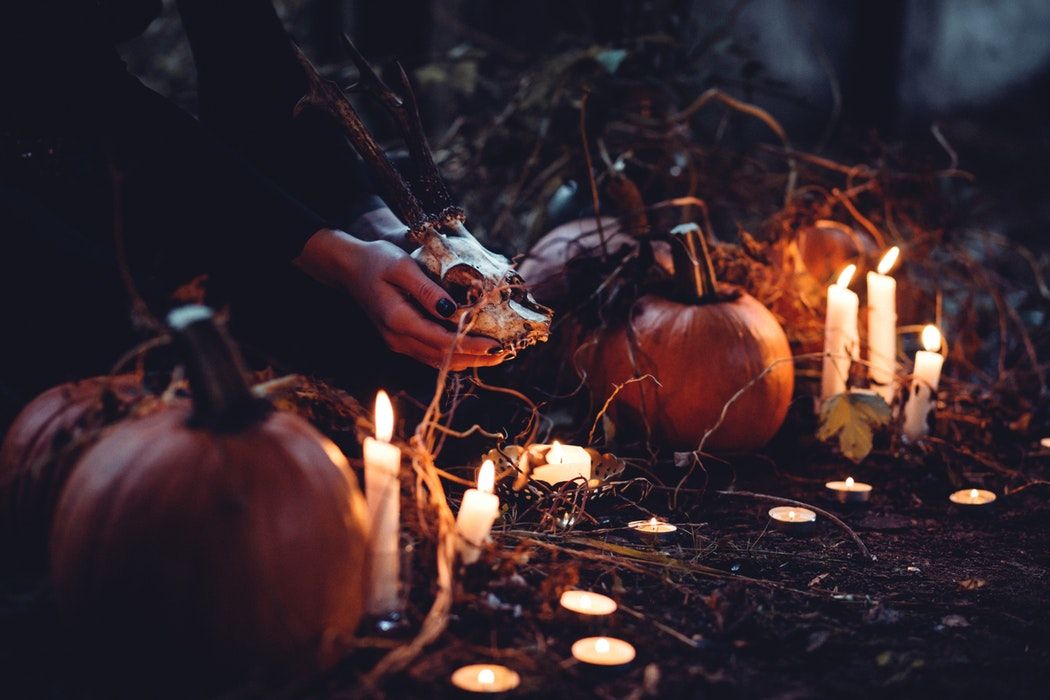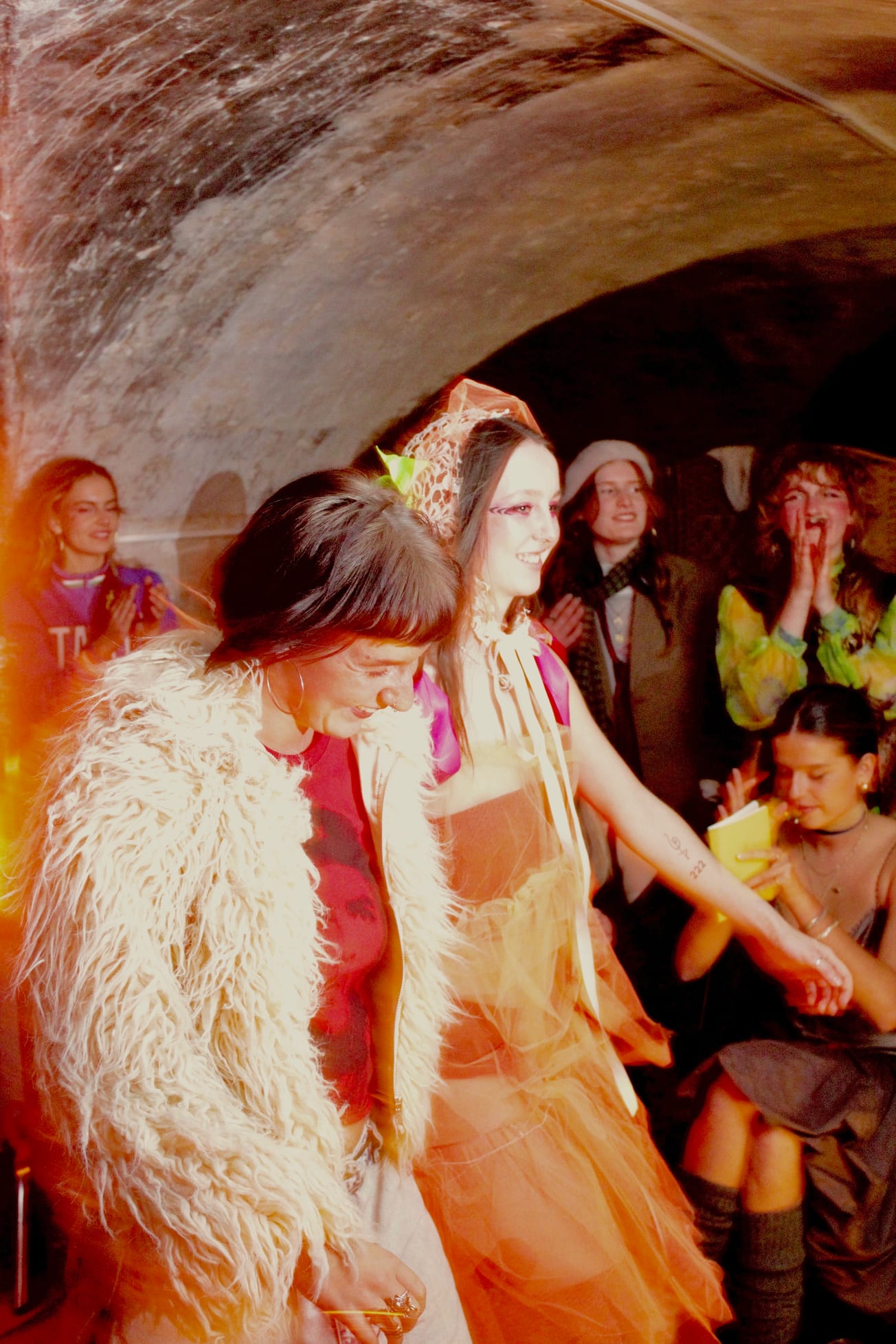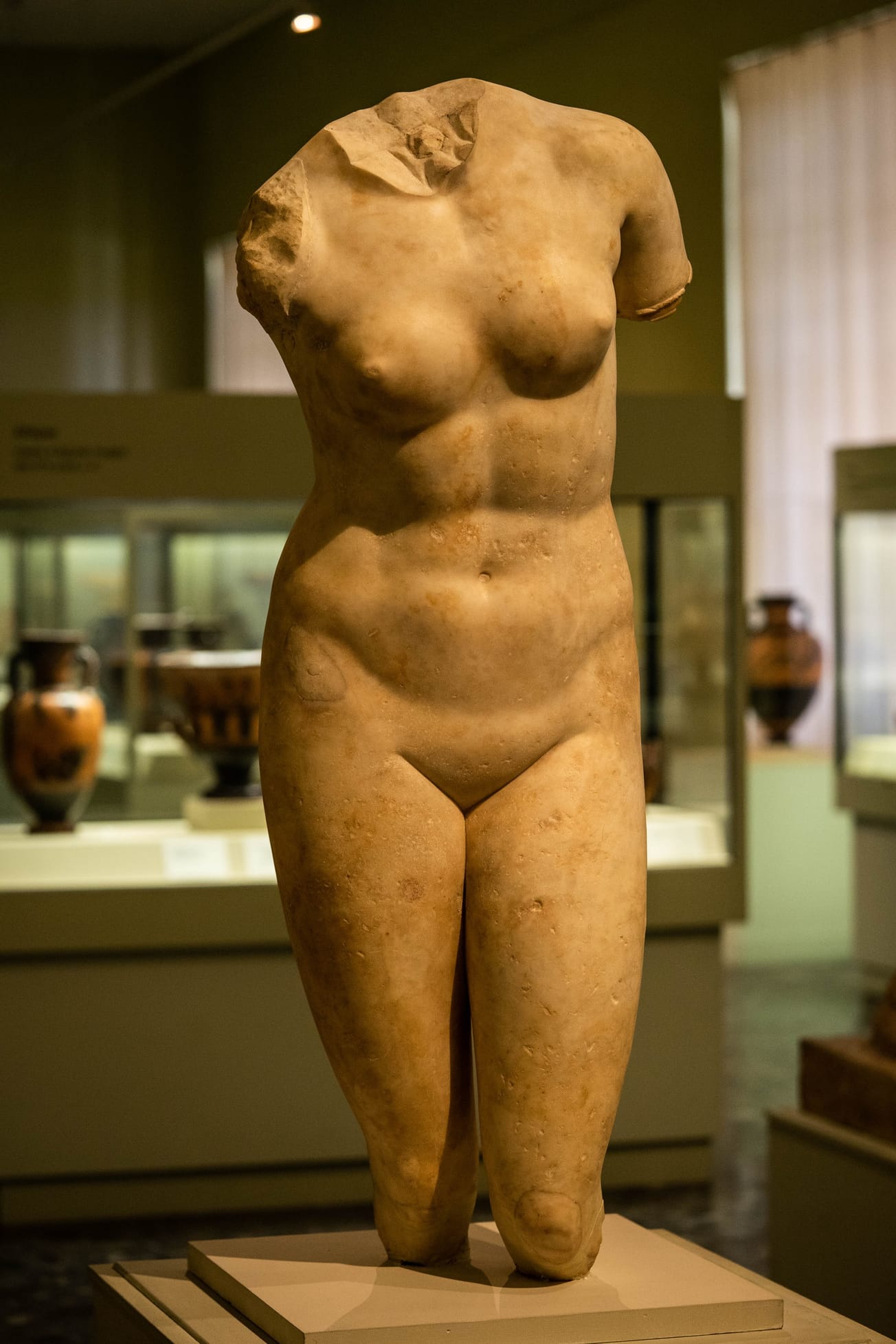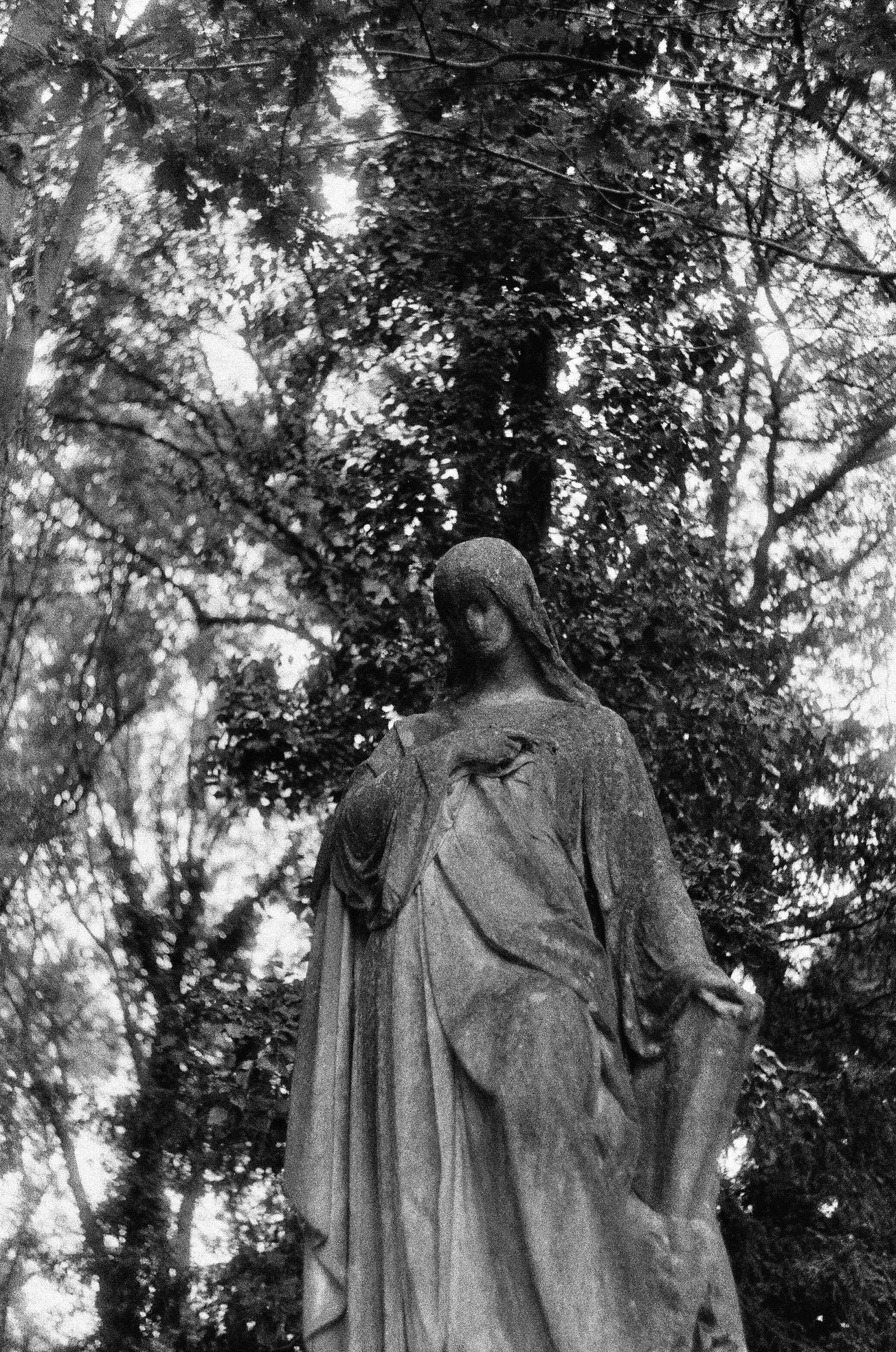By Jemima Carr-Jones, Deputy Style Editor
Style Deputy Editor Jemima Carr-Jones discusses the controversy surrounding cultural appropriation in the fashion industry, with an emphasis on what not to wear this Halloween.
With the imminent approach of Halloween, of course, the annual question arises - ‘who should I dress up as?’ When it comes to costumes, Halloween is all about being creative - using makeup and clothing to try on an entirely different persona! However, what if that persona you ‘try on’ is another person’s reality, a symbol of cultural significance, something concerning another faith, or maybe a warped manifestation of some form of historical oppression? What if, for a purely trivial purpose, perhaps a night out at Bunker (or even Motion if you’re feeling really brave), you’ve committed some sort of imitation, and the costume you have worn could be deemed as offensive? See the upcoming Halloween festivities as a prime time to get clued up. There’s a fine line between cultural appreciation and cultural appropriation - and it’s about time we got to know the difference.
The term cultural appropriation is fairly contemporary, it was first coined by sociologists in the early nineties and only last year was put into the official lexicon of the Oxford Dictionary, defining it as ‘the unacknowledged or inappropriate adoption of the customs, practices and ideas of one people or society by members of another and typically more dominant people or society.’
This is not to say that dressing as a vampire, ghost or dead school girl would be considered a form of offensive cultural appropriation. There are plenty of costumes you may conjure up that won’t create any discrepancy of intention. However, dressing up in costumes relating to marginalised groups out side of your own dominant culture could well be viewed as perpetuating racial stereotypes.
The EverydayFeminism website explains the difference of cultural exchange from cultural appropriation, refering to this idea of a ‘particular power dynamic’; Issue arises when a privileged group of society borrows something from a repressed group and then brandishes these items for a trivial purpose such as Halloween; this, undoubtedly, can be deemed as offensive. For example, you might think that wearing a bindi and a sari is a pretty alternative to coming dressed as a ghost or a skeleton - yet ask yourself this – have you actually taken the time to consider whether this ‘thing’ that you’re using for a moments trivial fun, is an aspect of someone else’s life that signifies a richer heritage. Would someone else be offended by the fact that you have put on their cultural dress as a costume? Of course, we live in a multi-cultural society, to embrace and borrow symbols, practices and customs from another culture is a positive thing! Yet it is the very nature of our society that means it is imperative that we must become better versed on the significance of these items and practices, so as to not be mistaken for belittling them when we use them solely for the purposes of fashion.
One example of where you might go wrong this Halloween is dressing in clothing resemblant of how Mexicans dress to celebrate their national holiday Day of the Dead - painting their faces into skulls and covering themselves in ruffles and flowers for instance. Halloween and Day of the Dead are not interchangeable. The Mexican celebration is a joyful time put aside to focus on the memory of loved ones, believing that for one day a year the diseased awaken from their eternal slumber, commemorating their lives and the continuation of life beyond the grave. Halloween, in comparison, is an Americanised holiday based on fear, death and sugar. You can see how emulation of this Mexican festive dress during a Westernised Halloween could be viewed as a grave misinterpretation and cheapening of a sacred celebration.
Additionally, if we’re going more rogue this Halloween and veering away from the standard vampire cape, it’s important to take into account the context of any particular character - I spoke to one girl who last year was accosted for dressing up as Disney’s Pocahontas. En route to a friend’s party, she was stopped and subsequently alerted to the reality of the complicated and rich history that is affiliated with Pocahontas. Pocahontas was in fact based on a real indigenous girl, victim to the colonizing settlers. She was abducted as a teenager, forced to marry an Englishman, only to then be used as propaganda for racist practices before dying aged twenty-one. My friend was asked whether she would consider going to a party dressed as Anne Frank. ‘Of course not!’, she responded, this would be tasteless beyond comprehension, and downright offensive. She was then reminded that the two girls, Pocahontas and Anne, endured equally torturous and traumatic life experiences, with both suffering prejudices on account of their race. Just because one event is more recent or more widely known than another doesn’t mean we can dismiss it as something that’s ‘in the past’. It is highly important that we take into account exactly what it is we may unintentionally trivialise through our clothing.
This trend can also be charted within the fashion industry. The past few years witness a burgeoning call-out culture in creative industries, and we have seen an influx of retailers who have been chastised for cultural insensitivity. H&M, in particular, have experienced issues, for example advertising a ‘Native American-inspired feather headdress’ - marketed as a ‘hipster’ fashion accessory and having a young black child modelling a jumper printed with ‘coolest monkey in the jungle’. Additionally, in 2015, in response to complaints that their campaign lacked sufficient diversity, they responded by releasing a tweet that implied they feature more white models to portray a more ‘positive image’. Furthermore, of late, Gucci has also been criticized, this time for styling turbans on non-Sikh female models during a catwalk. The turban is an item of clothing associated with religion and respect, and the luxury fashion brand was condemned for demonstrating ignorance to this. I hope we can all agree that it is not down to any high-flying fashion brand to decide what facets of another culture are untouchable and which of those can be turned into high fashion or mere accessories.
Virginia Woolf wrote that ‘Vain trifles as they seem, clothes have, they say, more important offices than to merely keep us warm. They change our view of the world and the world’s view of us.’ Clothing is power and thus presentation of yourself is important. We cannot disregard Halloween as a time for an abandonment of principles. Consider whether you would feel comfortable wearing any given outfit among people from the culture it has been taken from. Just make sure to be aware of any historical realities or ongoing social issues in relation to the person you try on for the night. John Lennon said to not hate what you don’t understand, however perhaps in this context, we should be making an effort to not trivialise what we don’t understand.
Featured Image: freestocks.org / Unsplash
Have an opinion on controversy in the fashion industry? We want to hear about it!









